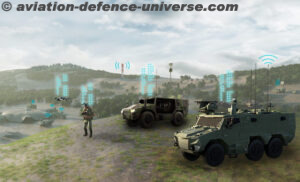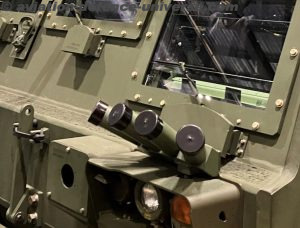Washington. 17 December 2020. The Army released a new Installations Strategy today to guide future decision-making processes as Army installations transform into platforms that support multi-domain operations. The strategy outlines how every installation will be a “smart” platform of capabilities, utilizing connected sensors to enhance operational capacity and improve the delivery of services.
The AIS mirrors the Army’s priorities: people, readiness and modernization. Installations of the future will have modern facilities, services and safe operations with solutions to new requirements for protection, resilience, mission assurance, power projection, education and training. They will also have a focus on modernization and innovation, with expanded 5G backbone capability and innovations to modernize services, improve construction standards and find efficiencies. Future installations will continue to promote stewardship by caring for our natural and cultural resources through proactive programs in sustainability, remediation of contaminants and technology innovation.
“The fence line is now the frontline and emerging trends require the Army to examine installations through a new lens,” said the Honorable Alex A. Beehler, assistant secretary of the Army for Installations, Energy and Environment. “Installations are the platforms from which the Army builds culture, trains and projects power. The AIS addresses a range of emerging requirements related to multi-domain operations and the Army People and Modernization Strategies, and will harness the full capabilities of installations to help the Army compete, deter and win in an increasingly complex security environment.
The National Defense Strategy calls upon the Department of Defense to transition to basing solutions that are smaller, dispersed, resilient and adaptive, and with a range of active and passive defenses. Additionally, the NDS states that, “The homeland is no longer a sanctuary.”
The new Installations Strategy will address these solutions and defenses to potential threats — including physical, cyber and information attacks — as the Army adapts its existing infrastructure, systems and services.





























































































































